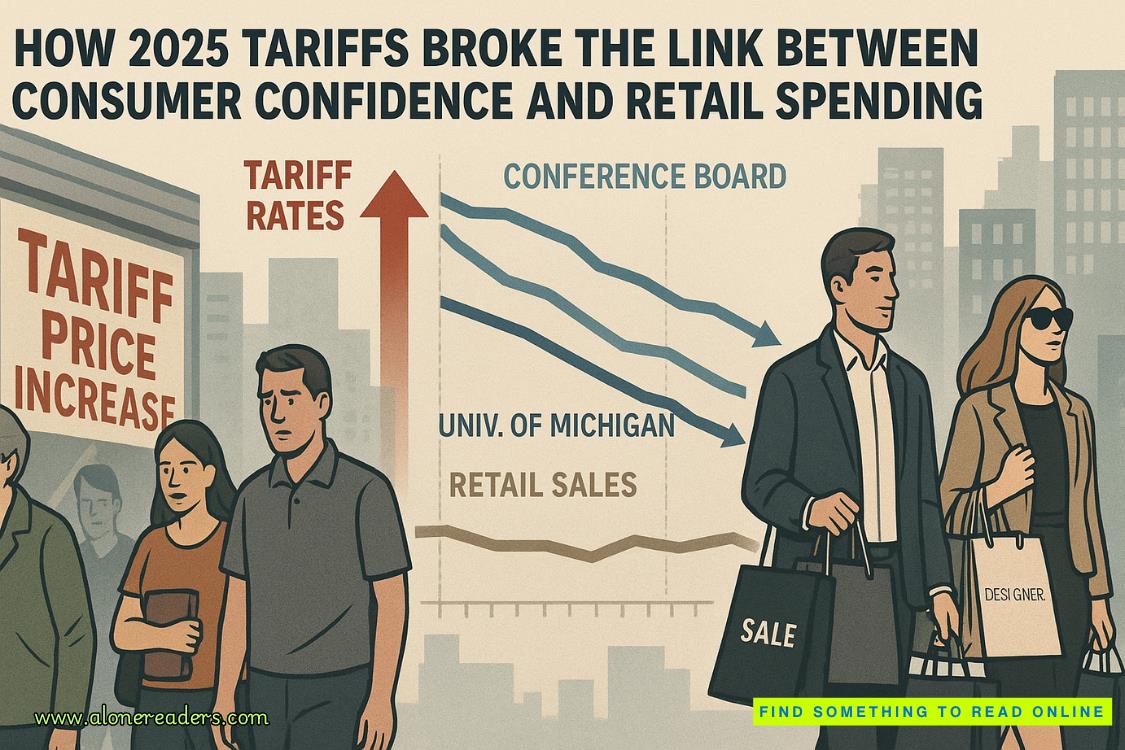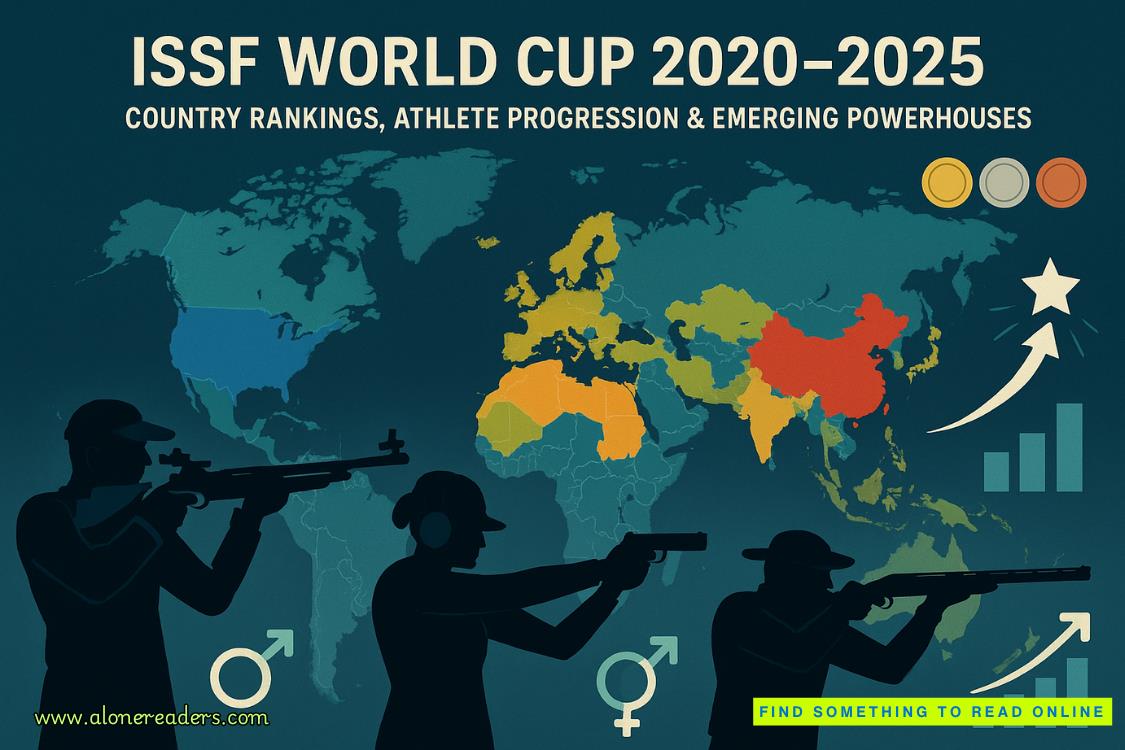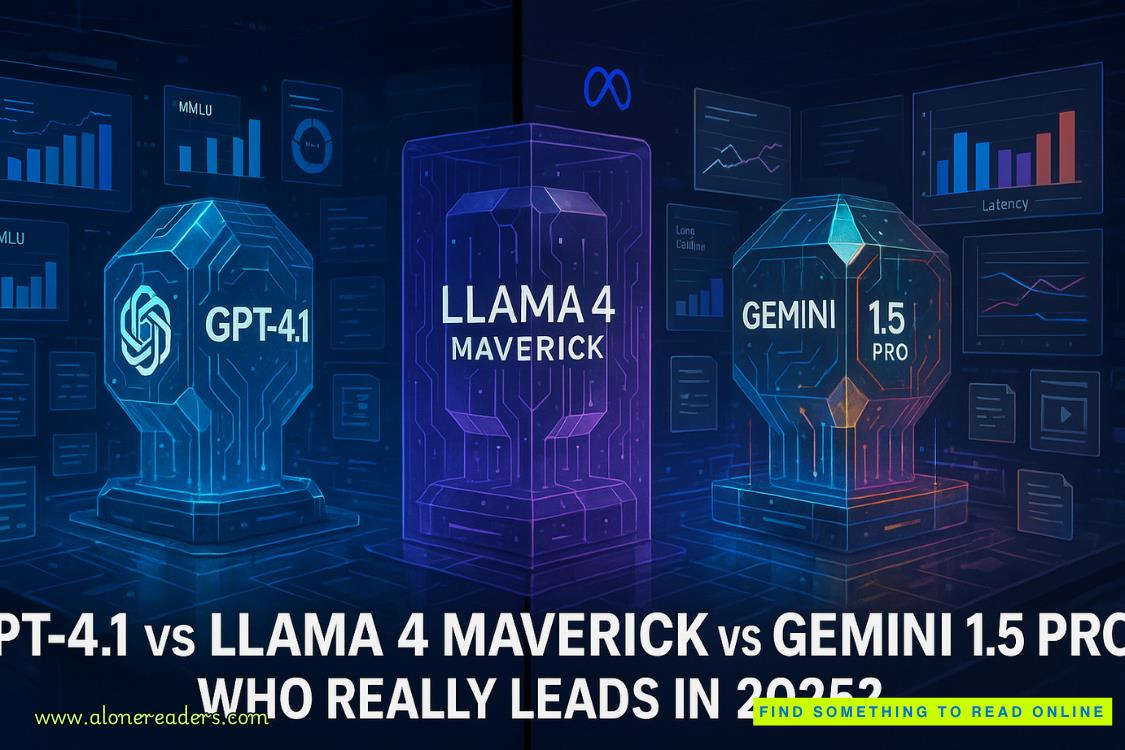Page 80 of If the Ring Fits
In the past fortnight, something has shifted between us. That first night Adrian asked me to watch a movie together after returning from the Hamptons wasn’t just a one off. His presence in the penthouse has become a constant, no longer a fleeting apparition but a warm, tangible entity in my life. We’ve been sharing meals, swapping stories over late-night conversations, enjoying more movie nights curled up on opposite ends of the couch.
He still maintains some physical distance—if you don’t count the occasional foot rub I sneak in as a pregnancy perk—but, emotionally, he’s been there for me. Adrian has beenaround so much lately that I work up the nerve to ask him something I’ve been dying to share.
“Hey, I was wondering…” I fidget with the hem of my shorts. “Would you have time to listen to a presentation? For the interactive toy idea I’m working on?”
“Sure.” He leans forward, smiling. “Lay it on me.”
Excitement bubbles inside me as I go get my laptop and dive into my pitch.
“So, the idea is to build a programmable console that’s leagues ahead of anything on the market,” I begin, gesturing animatedly. “Designed specifically for kids, with a vibrant, intuitive interface that makes learning to code an absolute blast.”
He nods, intrigued, fueling my enthusiasm. I describe the user-friendly interface featuring a touchscreen with colorful icons and simple commands tailored for young children, highlighting the integration of voice-activated controls to receive step-by-step guidance and troubleshooting tips just by speaking to the console. “No more frustration or feeling stuck.”
Adrian’s eyebrows shoot up. “And none of the competitors integrate voice commands?”
“No, it seems so obvious, but so far there’s nothing out there with voice activation.”
Adrian low-whistles.
Bolstered by his reaction, I forge ahead. “But vocal input isn’t even the tip of the iceberg. The basic level is drag-and-drop programming blocks, making the concepts tangible and easy to grasp. As kids progress, they can transition to text-based coding, with features like spell check and autocomplete to aid their learning journey.” I can’t contain my excitement as I envision the console in action. “The entire experience will be gamified. Interactive challenges, rewards for completing tasksand solving problems. We’ll keep them engaged and motivated every step of the way.”
“Gamification, that’s cool.”
“Right?” I bounce on the couch cushion, the ideas tumbling out faster now. “Imagine the sense of accomplishment they’ll feel as they level up their coding skills. And we can incorporate physical computing too! Connecting the console to robotic kits or wearable tech, so kids can see their code come to life in the real world.”
Adrian leans back, a look of admiration on his face. “It’s brilliant. The multimodal approach, the progression from blocks to text, the physical integration.”
I swell like a balloon at his praise. “But it’s not just about the coding itself. I want to foster a sense of community, a place where kids can collaborate and learn from each other.”
Adrian cocks his head. “How so?”
“Picture an online platform integrated with the console, a safe space for kids to share their projects, work together on coding challenges and celebrate each other’s successes. But I want to take it a step further with virtual mentorships, with seminars from experienced coders who can offer guidance and inspiration.”
He nods thoughtfully, his fingers drumming against his knee. “Building a supportive ecosystem around the product. Smart.”
I grin at his validation. “And the kicker is—we make it interdisciplinary. Coding projects that incorporate math, science, art… showing kids how software connects to their everyday life. We’ll have regularly updated STEM challenges, pushing their problem-solving skills.”
The corners of his mouth curl up. “You basically want to empower the next generation of innovators.”
“Empowering the next generation of innovators, that’s the company’s motto right there.” I smile so wide my cheeks hurt. “I want every child to have access to this. No matter their background or abilities. The console will support multiple languages, include accessibility features like text-to-speech and adjustable settings for learning and other disabilities.”
Adrian’s eyes light up. “That’s an amazing vision. I love it.”
“Do you think I can pitch this to someone other than you? I mean, potential investors?”
Adrian’s expression shifts, his brow furrowing as he bounces his knees. “Rowena, this is incredible. But we need to talk numbers. How much will the console cost to make?”
The question catches me off guard. “I… I’m not sure yet. I haven’t calculated the production costs.”
He nods, his gaze keen. “And where will it be manufactured? That has a tremendous impact on overheads and logistics.”
I frown, uncertainty creeping in. “I hadn’t thought about that either.”
Adrian’s questions keep coming in rapid-fire. “What about profit margins? Expected sales volumes? Target demographics? Will your marketing be aimed at kids directly or at their parents?”
Each inquiry feels like a tiny pinprick, deflating my confidence. I stammer out half-formed answers, realizing just how unprepared I am.
And Adrian sees right through me. “Rowena, I’m sorry, but you’re not ready to pitch to investors. The concept is brilliant but you need a business plan.”















